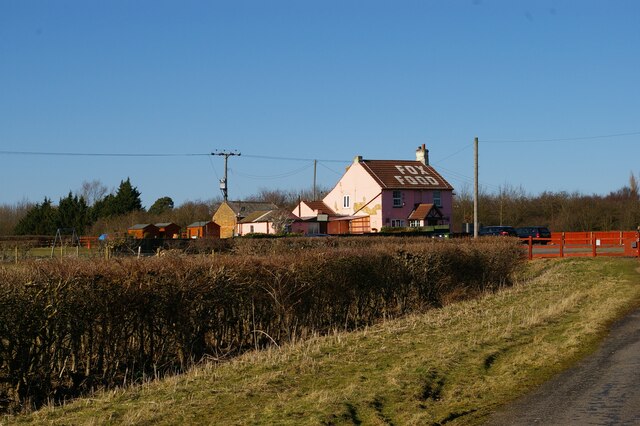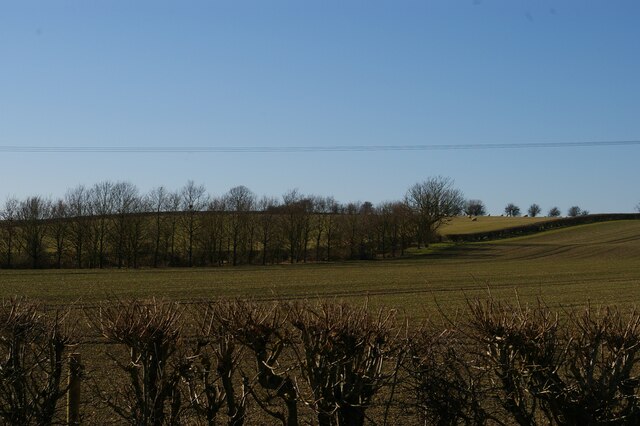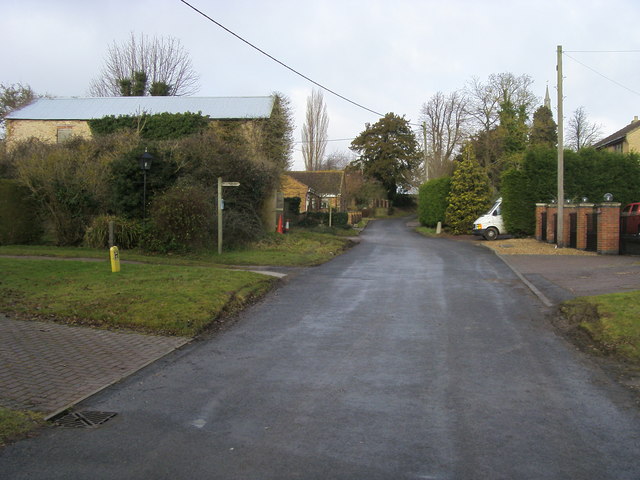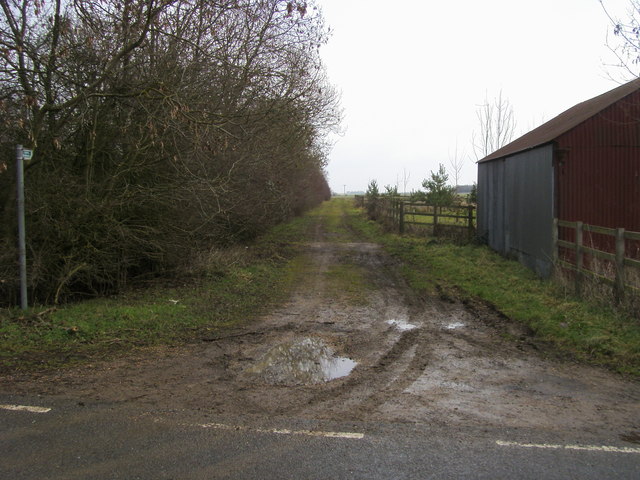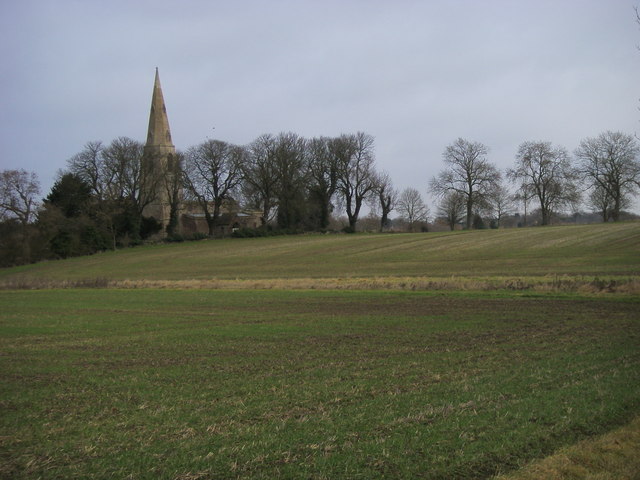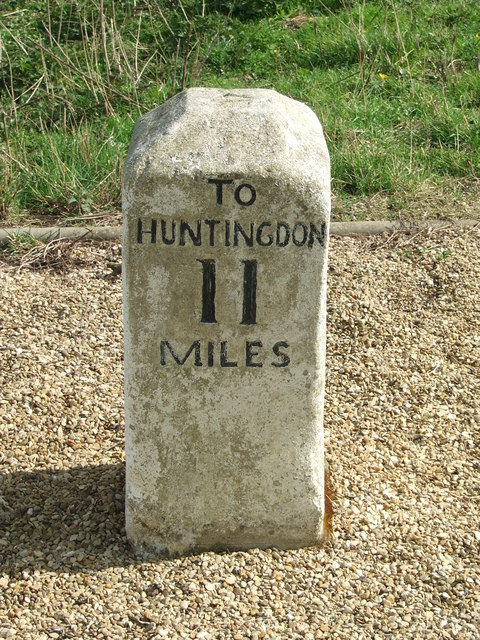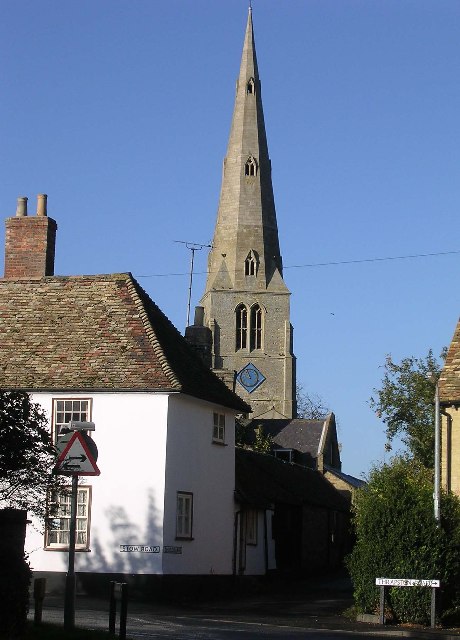Leighton Gorse
Wood, Forest in Huntingdonshire Huntingdonshire
England
Leighton Gorse
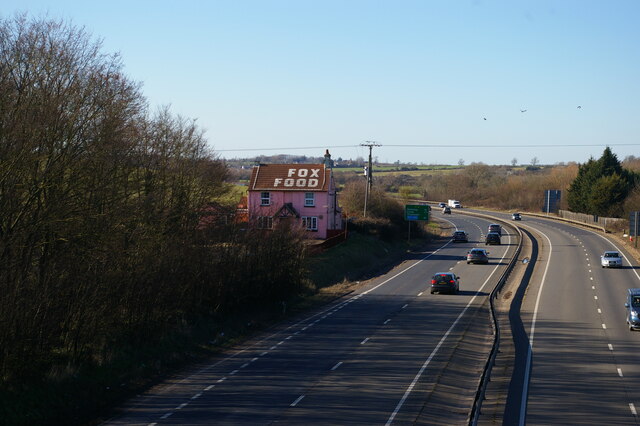
The requested URL returned error: 429 Too Many Requests
If you have any feedback on the listing, please let us know in the comments section below.
Leighton Gorse Images
Images are sourced within 2km of 52.365366/-0.39361087 or Grid Reference TL0975. Thanks to Geograph Open Source API. All images are credited.
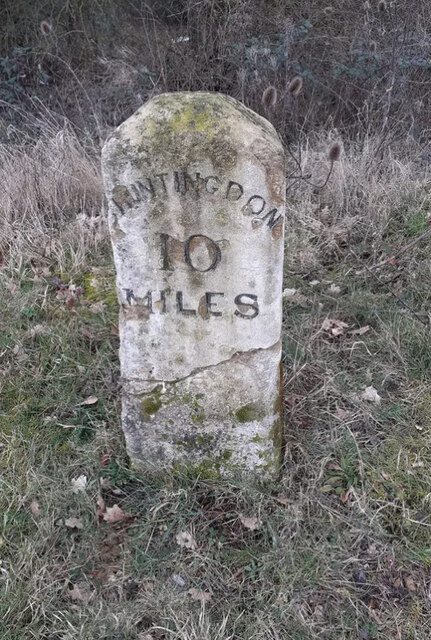




Leighton Gorse is located at Grid Ref: TL0975 (Lat: 52.365366, Lng: -0.39361087)
Administrative County: Cambridgeshire
District: Huntingdonshire
Police Authority: Cambridgeshire
What 3 Words
///bracelet.sped.selling. Near Kimbolton, Cambridgeshire
Nearby Locations
Related Wikis
Brington, Cambridgeshire
Brington is a village and former civil parish, now in the parish of Brington and Molesworth, in Cambridgeshire, England. Brington lies approximately 9...
RAF Molesworth
Royal Air Force Molesworth or more simply RAF Molesworth is a Royal Air Force station located near Molesworth, Cambridgeshire, England with a history dating...
Catworth
Catworth is a village and civil parish in Cambridgeshire, England. Catworth lies approximately 9 miles (14 km) west of Huntingdon. The civil parish covers...
Old Weston
Old Weston – in Huntingdonshire (now part of Cambridgeshire), England – is a village near Molesworth west of Huntingdon.In 1870–1872, John Wilson, who...
Nearby Amenities
Located within 500m of 52.365366,-0.39361087Have you been to Leighton Gorse?
Leave your review of Leighton Gorse below (or comments, questions and feedback).

